Four faculty share how they have incorporated DEI content into their classes
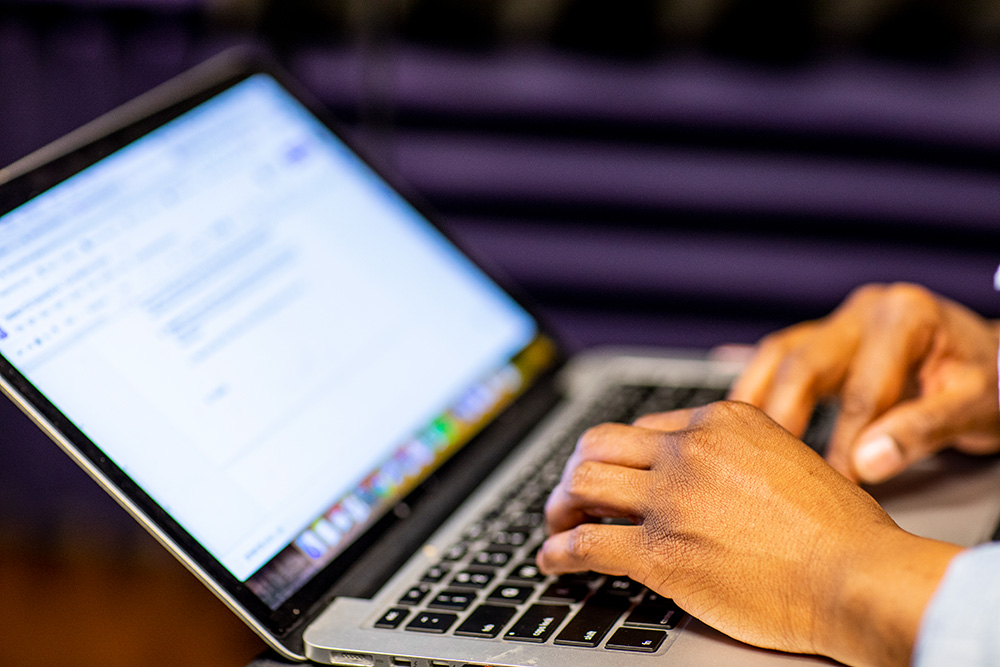
Many CEE faculty are embracing a learning opportunity when it comes to adding diversity, equity and inclusion (DEI) content to the curriculum. The past few years, they’ve been busy updating existing courses and developing new classes from scratch.
“It’s an oversight that this material wasn’t included in previous years,” says Professor Anne Goodchild, who teaches transportation engineering courses. “This content will help train engineers who will build a better transport system for everyone, not just a few people.”
Their work comes in light of a petition from students in 2020 that called for increasing the amount of class time spent discussing and exploring DEI topics as they relate to engineering. Given that courses often rely heavily on mathematical calculations, some of the new content has compelled students to approach their coursework assignments differently.
“Homework is often calculating something,” explains Professor Jim Thomson, who teaches hydrodynamics courses. “This is encouraging engineering students to think more broadly about the effects of our work in society.”
Responding to students
In June 2020, 179 CEE students petitioned the department with specific requests, including the addition of DEI content to existing courses and the introduction of dedicated DEI courses. In 2021, the first new courses were rolled out: Marshall’s course, as well as a class titled Environment, Engineering and Justice taught by Khalid Kadir, a lecturer from University of California, Berkeley.
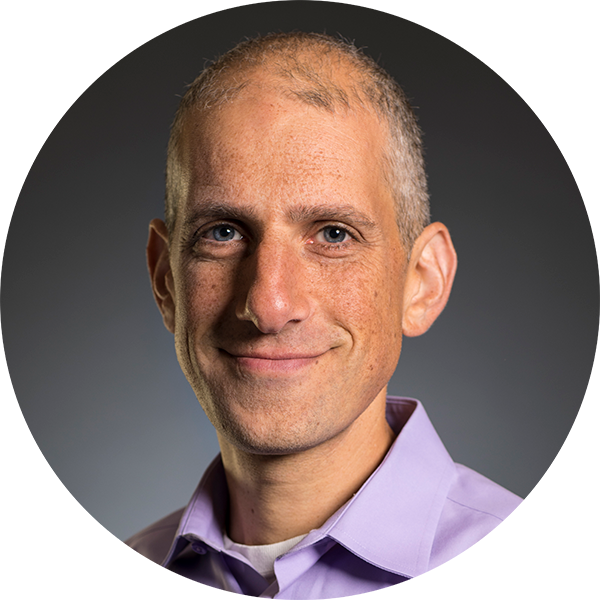
Julian Marshall, Professor
Created a course on CEE and equity
In spring 2021, Professor Julian Marshall introduced a new course that explores how engineering and equity are interrelated: CEE for Justice, Equity, Diversity and Inclusion. “In the class, we talk about the idea that engineering design often is not neutral, even if we might think it is,” explains Marshall. “We discuss issues that are present today and also engineering design that happened decades earlier since infrastructure lasts a long time.”
What do students learn about in the course?
Students learn how engineering design can reflect and reinforce existing norms, assumptions and power dynamics — and also how engineers can recognize and try to eliminate inequities. Some of the readings are recent; others are classics because the issues they describe are still relevant. For example, Dumping in Dixie, a book from 1990, documents how undesirable land uses like trash dumps and industries that pollute generally end up near communities with less political power. Do Artifacts Have Politics? explores how engineered systems can embody political goals and the assumptions of the designer. Overall, students learn what questions to ask to help improve the solutions they design.
How did the students respond to the course?
The students definitely feel that this is an important part of their education. The class is not about DEI in the workplace necessarily, such as how to interact with coworkers. It’s more about how DEI relates to designing engineering solutions. Students are eager to reflect on that topic and include it in their future professional practice.
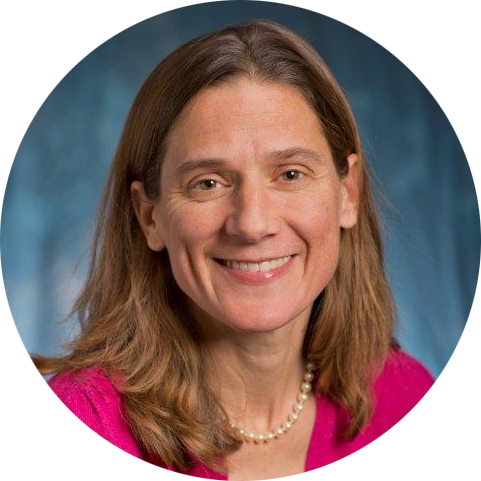
Anne Goodchild, Professor
Enhanced a transportation course with new content
While preparing to teach the transportation engineering course Planning for People and Freight for the second time, Professor Anne Goodchild realized that something was missing from the content: the differential impacts across communities. The course didn’t touch on the varied experiences across groups — such as which communities bear the highest costs for road construction and how safety outcomes vary across age, gender and race.
How did you add differential impacts content to the course?
I added substantial new content in terms of the exercises and selected readings, which ranged from opinion pieces to scientific articles. During class discussions, I centered the conversation on differential impacts. For example, when covering pedestrian fatalities, I highlighted how these vary across neighborhoods and how transport planning can be improved to address these differences.
How did the students respond to the content?
The students were interested in the topics and engaged in discussions in a similar way to previous years. One student expressed dissatisfaction and I reached out to discuss their concerns. This helped me understand the need to explain the purpose and intent of some of the readings. The student stayed engaged and became one of the most frequent contributors to the class discussion. At the end of the course, I sent out a survey specifically about the focus on equity and found that students overwhelmingly appreciated the approach.
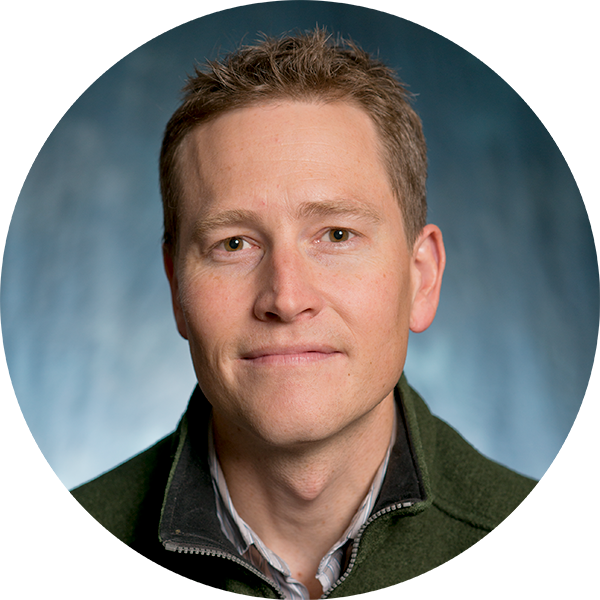
Jim Thomson, Professor
Supplemented core curriculum with equity-focused research assignments
Although he initially wasn’t sure where to start, Professor Jim Thomson felt compelled to add DEI content to two hydrodynamics courses he teaches. In one class, he decided to supplement the existing core content with mini equity-focused research assignments. “This allowed students to follow their own interests and we learned together,” Thomson explains.
Tell us about the mini research assignments
In my Coastal Engineering course, students typically complete weekly assignments such as determining the wave forces on a piling at a ferry terminal. Instead of calculations, for one assignment I asked the students to report on a coastal engineering case study where there’s a strong equity or social justice issue, or unintended consequences of design choices, such as reduced access to waterways. Students looked at topics first as engineers and then again with an eye toward social justice.
What topics did the students report on?
One student wrote a report about a waterway in Honolulu that had been a traditional passageway for native Hawaiians for transportation and fishing. As the city grew, the passageway was engineered until there was restricted access and the waterway no longer flowed into the ocean. Other students have written about “managed retreat” programs, in which the federal government buys private coastal land that is in danger of eroding — but only in wealthy neighborhoods.
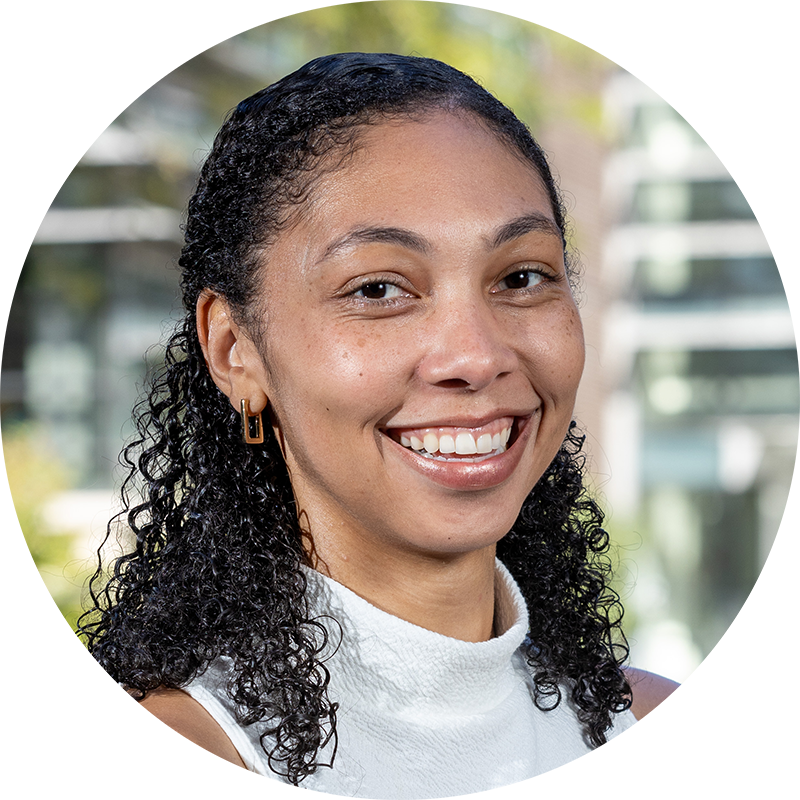
Bethany Gordon, Assistant Professor
Introduced a new course on engineering policy and place-based equity
A new course, called Engineering Policy for Place-Based Equity and Justice, was introduced this spring by Assistant Professor Bethany Gordon, who joined the faculty last autumn. “Students in the class learn how to prepare themselves for collaborative work with diverse communities,” Gordon explains.
What topics do students learn about in the class?
We explore positionality, which is the political and social context that creates our identity, through both a personal and a professional lens. Then, we move into unpacking the values inherent in engineering culture. This leads us to examine what we consider valuable knowledge and ways of gathering information that may elevate our understanding of complex problems. The discussion is situated in a conversation about the history of Seattle, with a focus on Indigenous history. One of the major assignments asks students to write science policy memos, which they are encouraged to submit to the Journal of Science Policy and Governance.
Why is this type of content important for future engineers?
Our work as civil and environmental engineers affects the daily lives of so many people, yet we often find it challenging to meaningfully include people in the problem-solving process. Moreover, there are communities that have been historically marginalized and intentionally excluded from the processes we use to make decisions. This has created a need for engineers to take a serious look at how we can work to create a built environment that truly works for everyone.
Follow our progress
Learn about the ongoing work of CEE’s DEI committee.
Originally published May 15, 2023